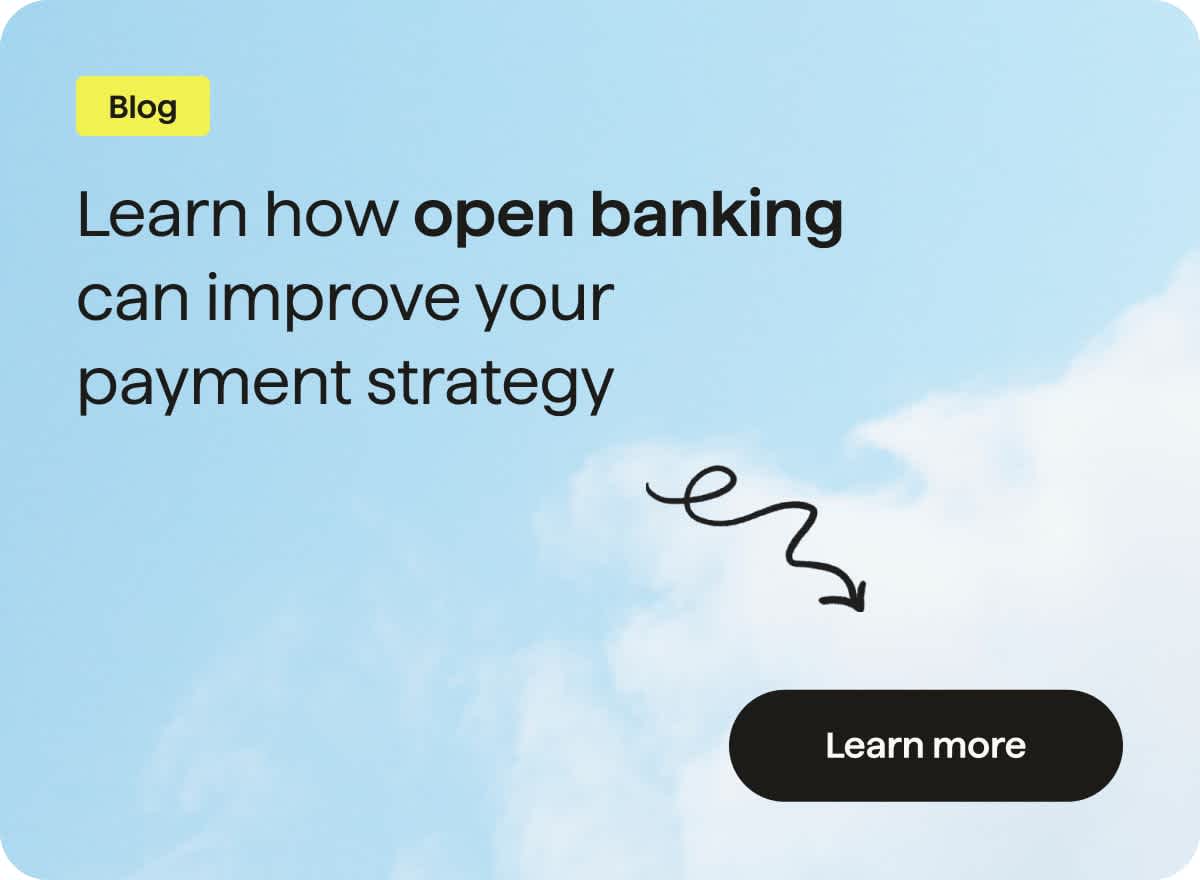Last editedJun 20213 min read
Which takes a greater toll on your wallet: carrying one large debt or multiple small debts? The answer depends on your credit history, interest rates, and other repayment terms. Debt consolidation carries both benefits and drawbacks, so it’s important to understand how it works before taking on a new loan. Find out how to consolidate debt and what it means for you with our guide below.
What is debt consolidation?
Debt consolidation rolls multiple debts into a single balance, making it easier to keep track of your finances. Rather than paying multiple bills per month, with consolidation you’ll only need to think about one monthly payment. You’ll also potentially be able to reduce:
Your interest rates
Number of creditors
Monthly payment amount
However, there are often added costs involved and you’ll need a good credit score to qualify.
How to consolidate debt
Here’s a closer look at what debt consolidation might look like. Imagine that your business currently has the following debts:
Credit card 1: £1,500 with a 19% APR
Loan: £2,000, with a 24% APR
Credit card 2: £2,500 with a 17% APR
Your business has a total of £6,000 in debt, along with the interest repayments you’re making at three different APR rates. If you consolidate the three debts into a single debt consolidation loan with a 6% APR, you’ll not only save a bundle on interest payments, but you might be able to pay off the debt faster. However, if you can only qualify for a consolidation loan with an APR of 25%, this would lead to paying more in interest over time despite the convenience of a single monthly repayment.
Types of debt consolidation
There are several types of debt consolidation, each with its own benefits and drawbacks.
1. Credit card balance transfer
One of the best options is a credit card balance transfer, which often comes with a low promotional interest rate. This lets you consolidate credit card debt into a lower-interest payment.
2. Debt consolidation loan
A second option is a debt consolidation loan. Unsecured personal loans usually come with fixed interest rates and repayment periods, but you’ll need to have excellent credit to qualify. Secured debt consolidation loans let you borrow money secured against an asset. For example, home equity loans fall under this category, using the equity built up in your home as collateral against the debt. Just remember – if you default on your debt repayments, the lender could take your home.
3. Debt consolidation program
A third option is a debt consolidation program, also known as a debt management plan. These work a bit differently to consolidation loans and balance transfer credit cards. You’ll work together with a credit counselling agency or plan provider to negotiate affordable payments with your creditors. Debt is consolidated into a manageable monthly plan.
Pros and cons of debt consolidation
There are advantages and disadvantages to consolidating debt.
Advantages:
Debt consolidation can yield lower interest rates and monthly payments
Balance transfers offer promotional offers
You could pay your debts off faster
It’s easier to manage your bills when you only have to think about a single payment
Disadvantages:
Some debt consolidation loans are secured with assets like your home as collateral
Many consolidated plans come with longer repayment terms
The best interest rates are only available to those with good credit
The one thing to remember is that although you can potentially reduce future interest payments, debt consolidation can’t reduce your actual balance. However, if you’re looking for a restructured payment plan or want to consolidate credit card debt, it’s worth comparing your options.
How to find the best debt consolidation loans
If you’ve weighed the pros and cons, the next step is to find a favourable consolidation plan. Here are a few factors to consider as you shop around for the best debt consolidation loans.
Comparison websites let you compare interest rates and payment terms
If you’re having difficulty paying your balance, you might need to speak to your lenders first
Look at headline interest rates as well as APR
Some loans come with extra fees to cover admin costs
Debt consolidation can potentially be a good way to manage your debt. However, if you find it’s not the best choice due to bad credit or other factors, there are other payoff methods out there including the debt snowball method. This focuses on paying small balances before moving on to larger balances, creating a snowball effect as you tackle your bills one at a time.
We can help
GoCardless helps you automate payment collection, cutting down on the amount of admin your team needs to deal with when chasing invoices. Find out how GoCardless can help you with ad hoc payments or recurring payments.





